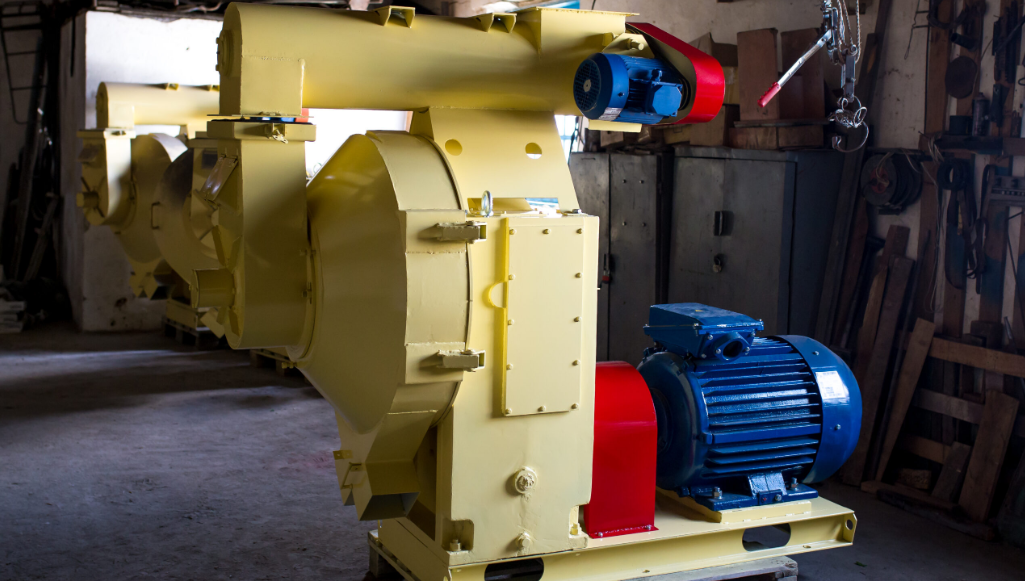Grayson is a shopping aficionado who loves to share information about the best deals and steals he finds. He's always on the lookout for a bargain, and he loves to help others find great deals, too. You can always count on Denise to give you the inside scoop on where to shop and save money.

Sawdust is a type of waste product that is usually discarded. However, it is possible for sawdust to be recycled and used as an alternative fuel source.
Wood pellet production is a process where sawdust is compressed and molded to make wood pellets that can be burned or used as feedstock for other processes. But, with different machine qualities available today, how do you know, when you’ve attained the best quality wood pellets?
Here are some things to look for:
Moisture Content
The moisture content of the sawdust before processing should be below 15% (wet basis), so it’s not too wet or dry when used in manufacturing processes. This is because too much moisture in the sawdust will cause problems during pelletization, such as poor pellet strength and low thermal efficiency.
Particle Density and Mechanical Durability
The particle density of the raw material is an important factor affecting pellet quality because it affects both pellet strength and thermal efficiency. The higher the particle density, the stronger the final product will be; however, if it’s too high then there may be problems with clumping during processing or transport — particularly if there are large particles present that don’t fit into molds easily.
Bulk Density and Pellet Size
The bulk density of your wood pellets refers to how much space one kilogram (1kg) of wood pellets takes up. Bulk density is typically measured in kilograms per cubic meter (kg/m3). The lower this number, the more compact your pellets will be when compressed together. This makes them easier to store and transport around, which saves you time and money!
Look & Feel
The first thing you’ll notice when you pick up a bag of wood pellets is how they feel. These tiny pieces of wood can range from the size of a pea to larger than a golf ball. You may also notice variations in color or texture between brands or even within a brand. This is perfectly normal! As long as the consistency of your pellets is consistent (i.e., all of them look roughly the same), there’s no need to worry about this aspect of their appearance.
Smell
The smell of the wood pellets is an indicator of how clean they are. If they have a strong chemical smell or smell like smoke, then they might not be as healthy for your home or fireplace as some other brands would be. You also want to make sure that there isn’t any mold or mildew on the surface of your pellets before purchasing them so that they don’t damage your equipment or cause health problems for anyone who uses them in their home or business setting.
Porosity
Porosity refers to how well air can flow through a particular batch of pellets. This is an important consideration if you plan on using your pelletized sawdust as fuel for a stove or fireplace, because it can affect how efficiently it burns and produces heat. If there are too many gaps between individual pieces of sawdust, then oxygen won’t be able to reach each piece individually during combustion, which means that more fuel will be required for each unit of heat produced by your fire or stove.
Conclusion
Many people who want to melt sawdust and turn it into wood pellets are having issues with the production of these products. The main problem starts from sawdust preparation before loading it on the machine. Most people fail to preserve them dry, and so once they catch cold, this gets to be the beginning of most problems.
It also important to constantly monitor different sections of the machine to ensure your set standards are not on reset after running the machine for many hours. This will help produce standard wood pellets.
